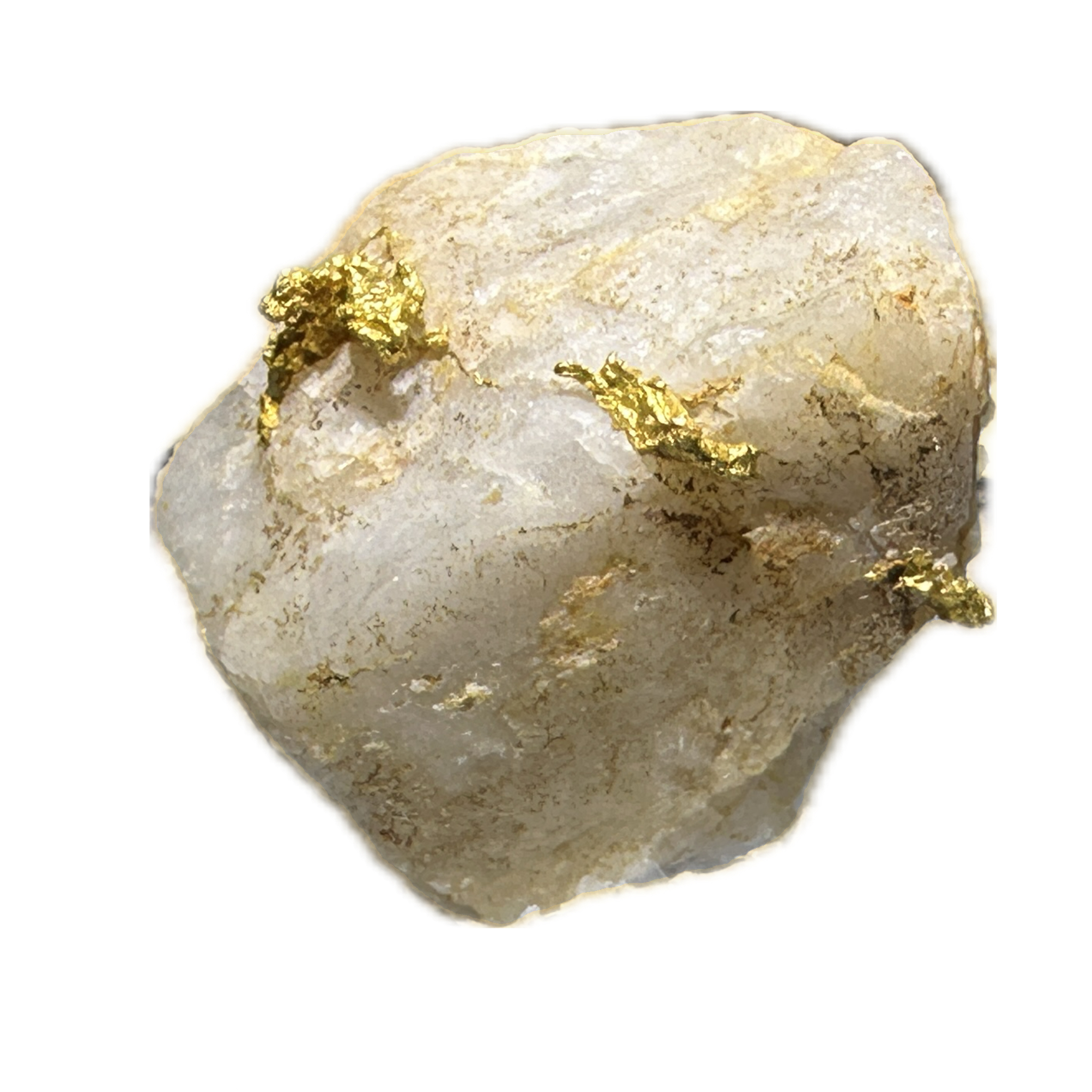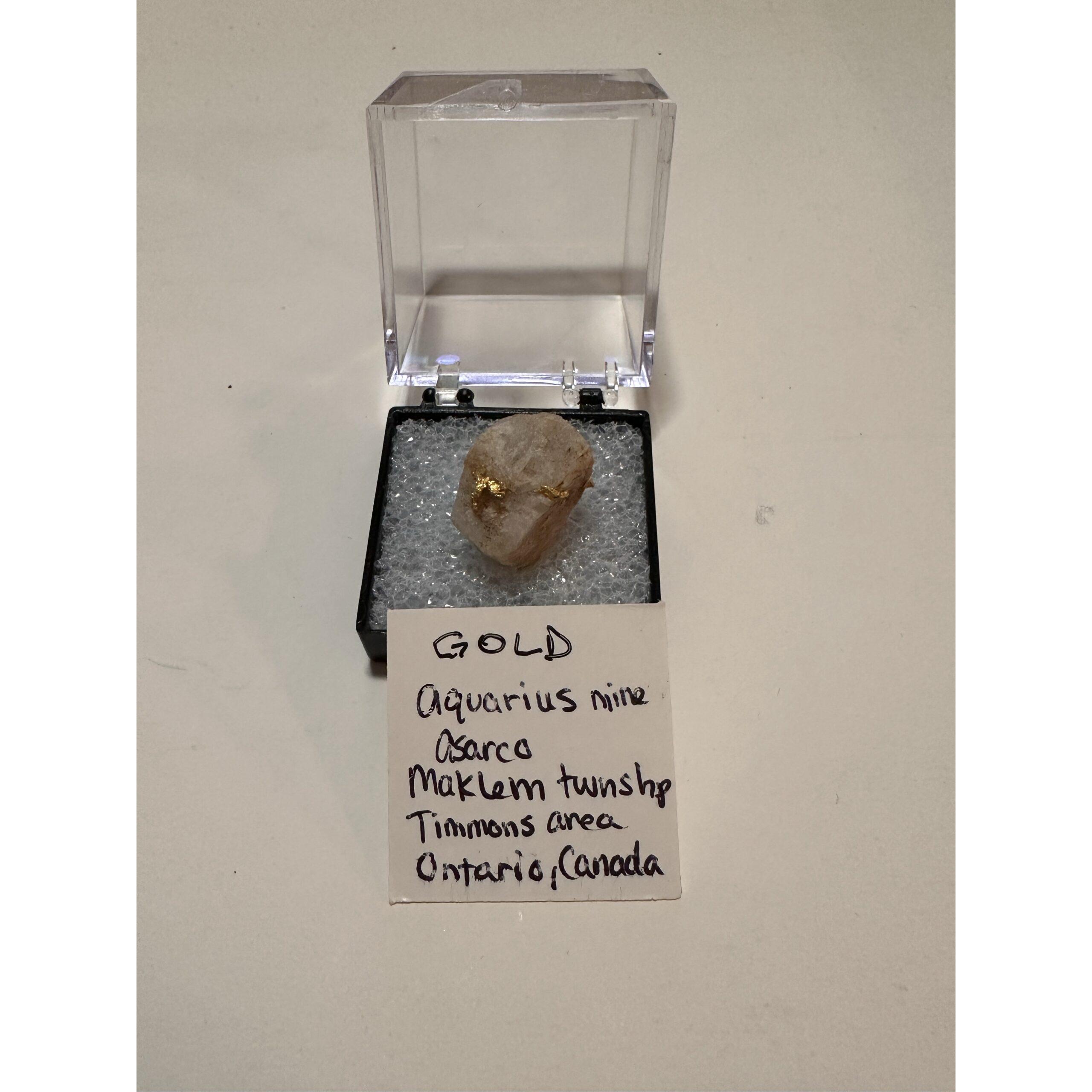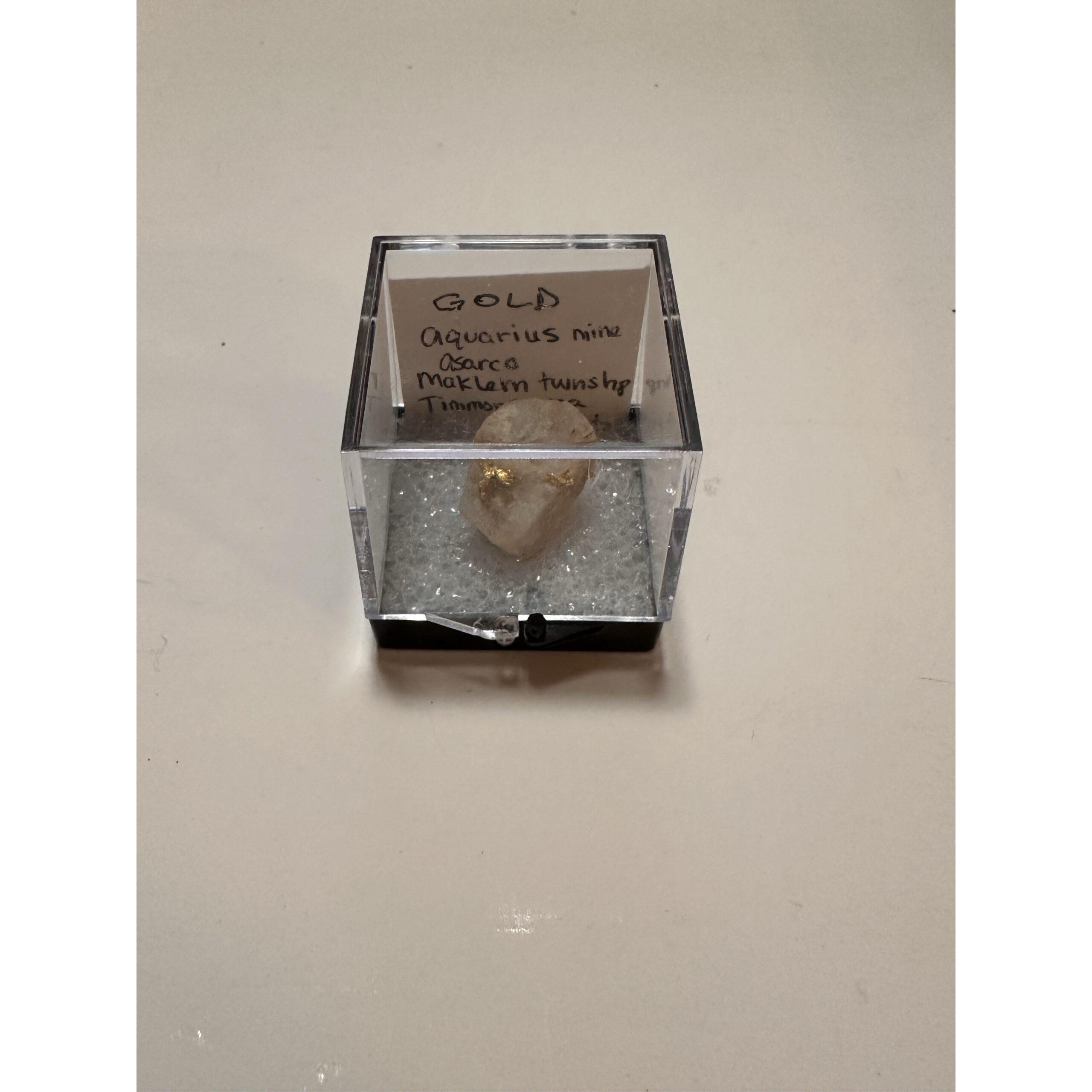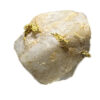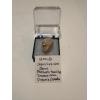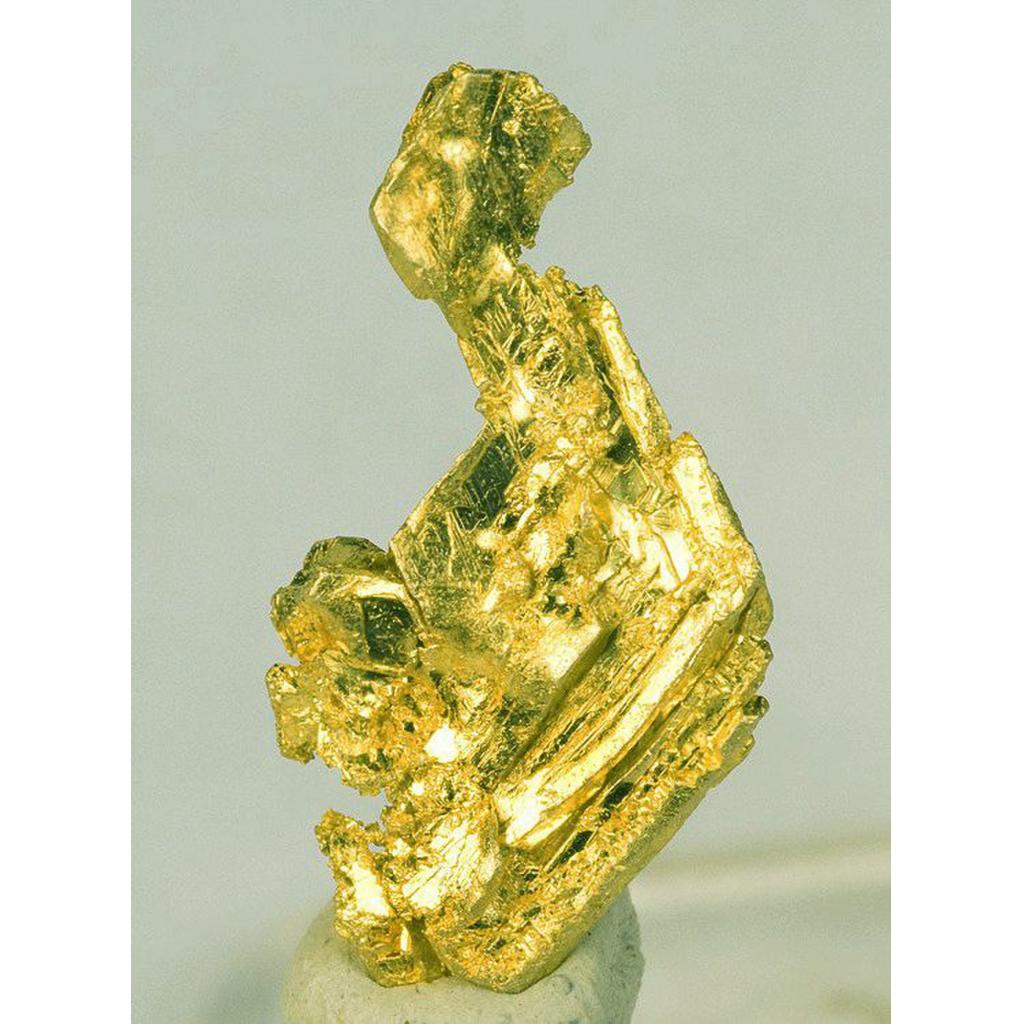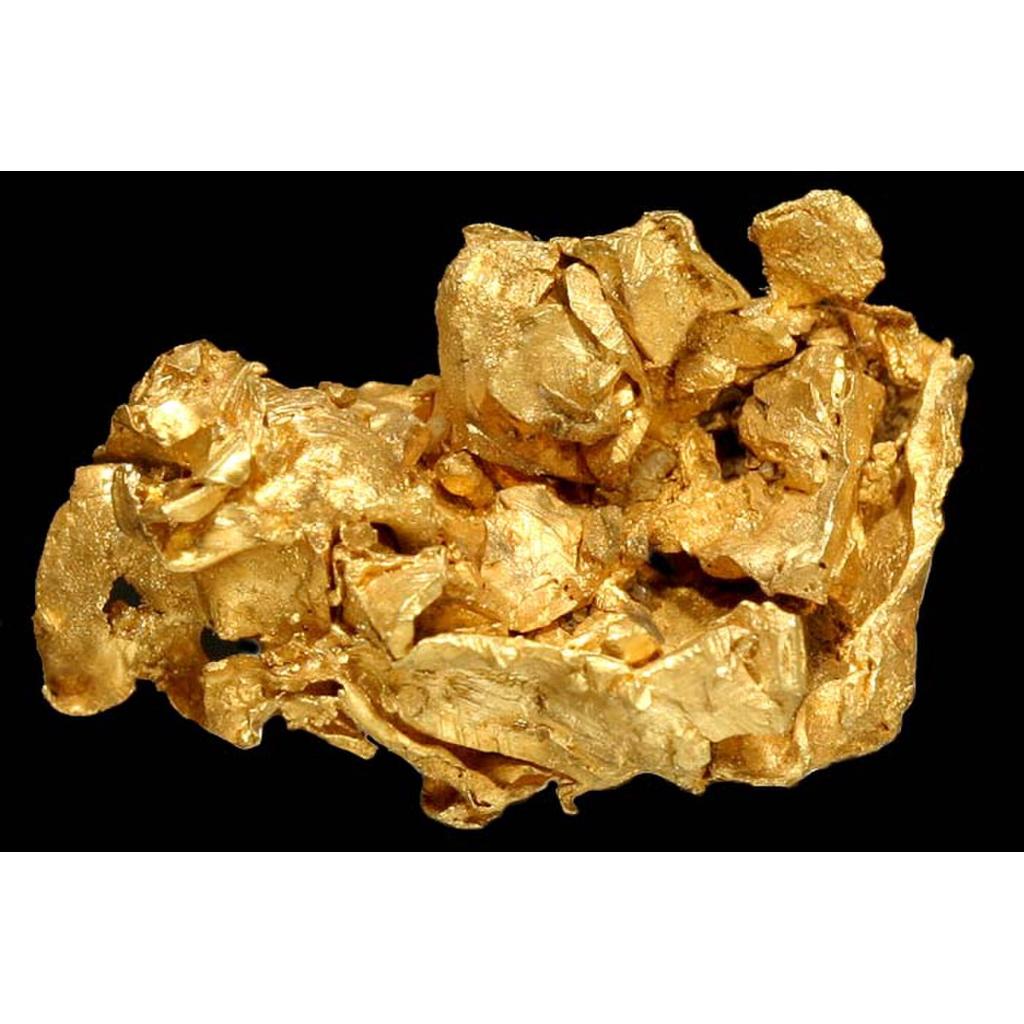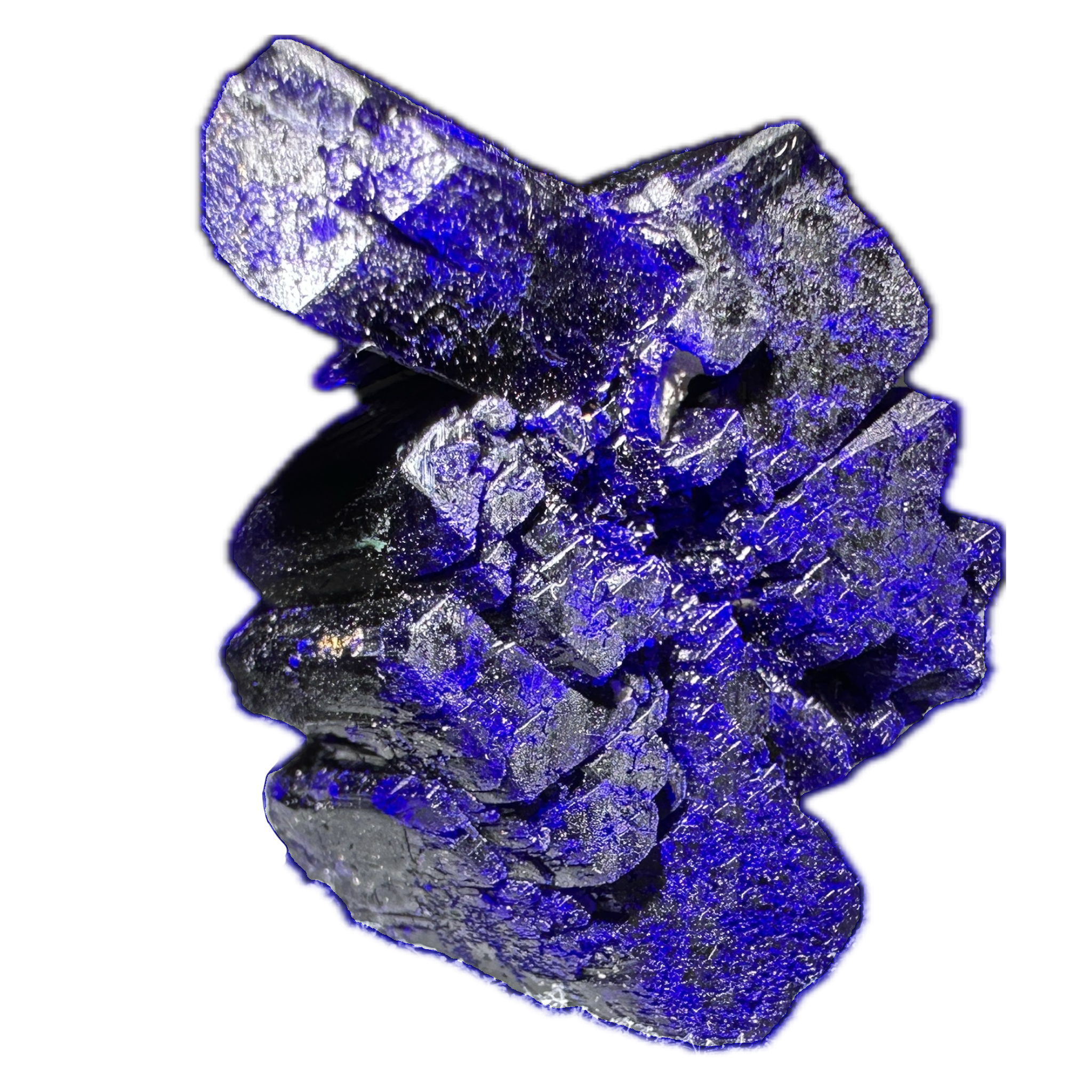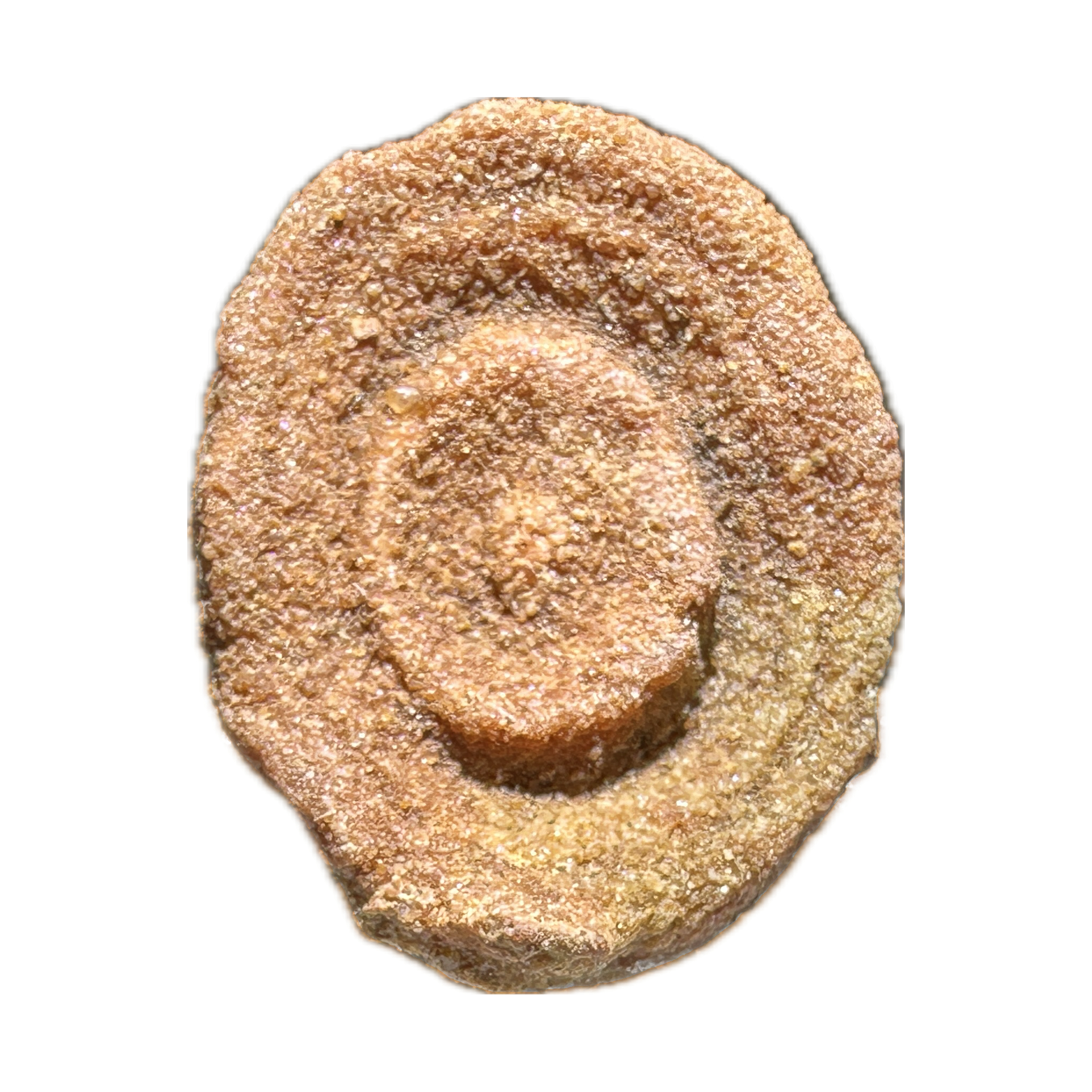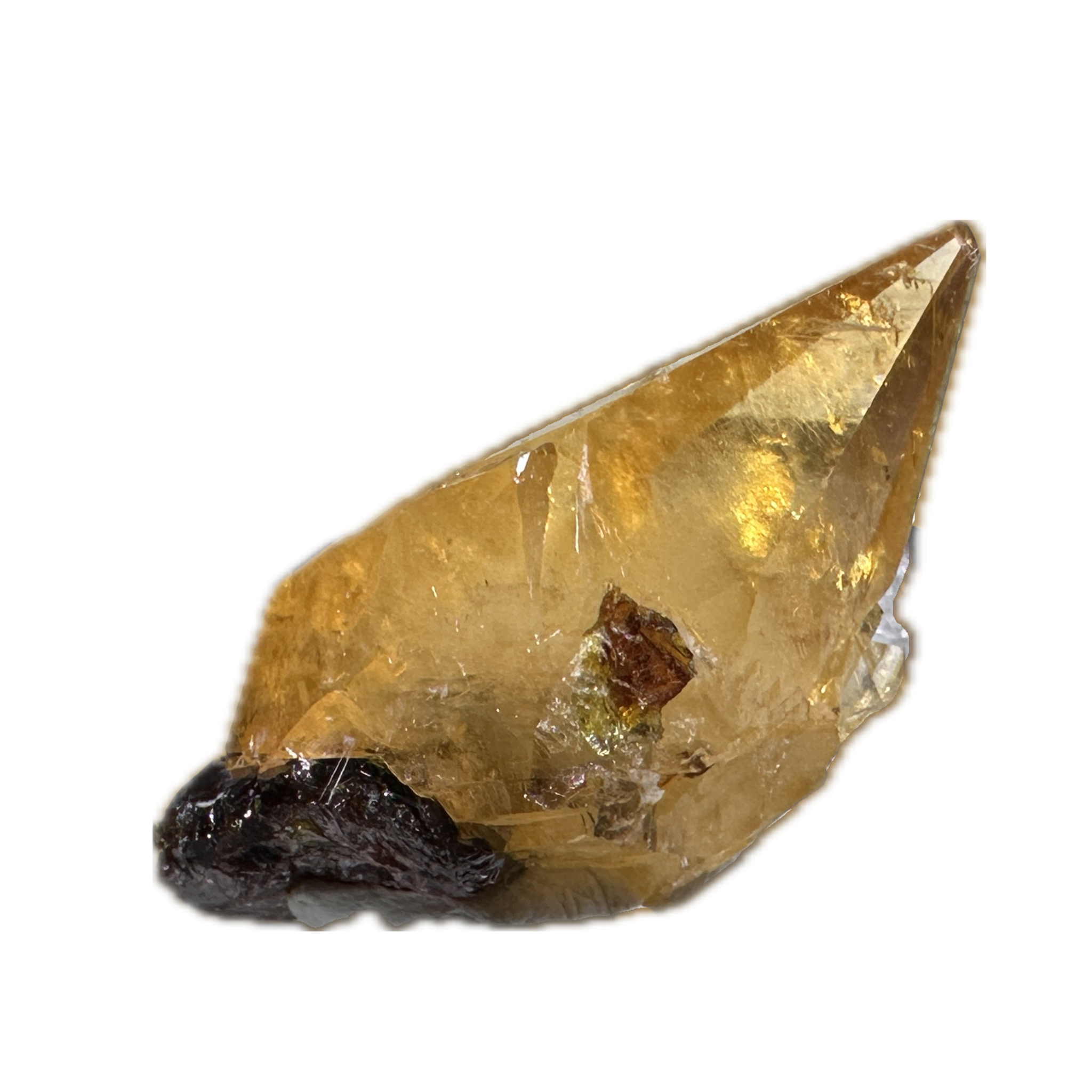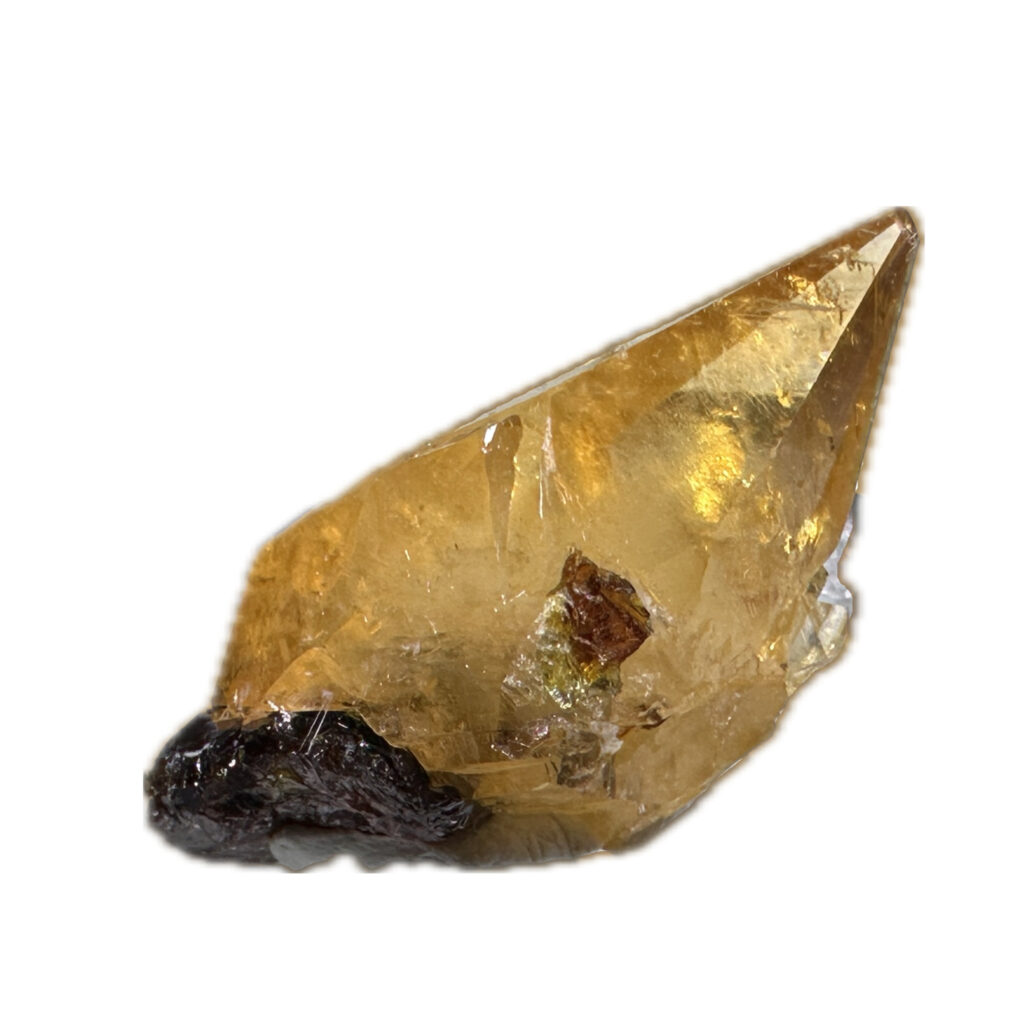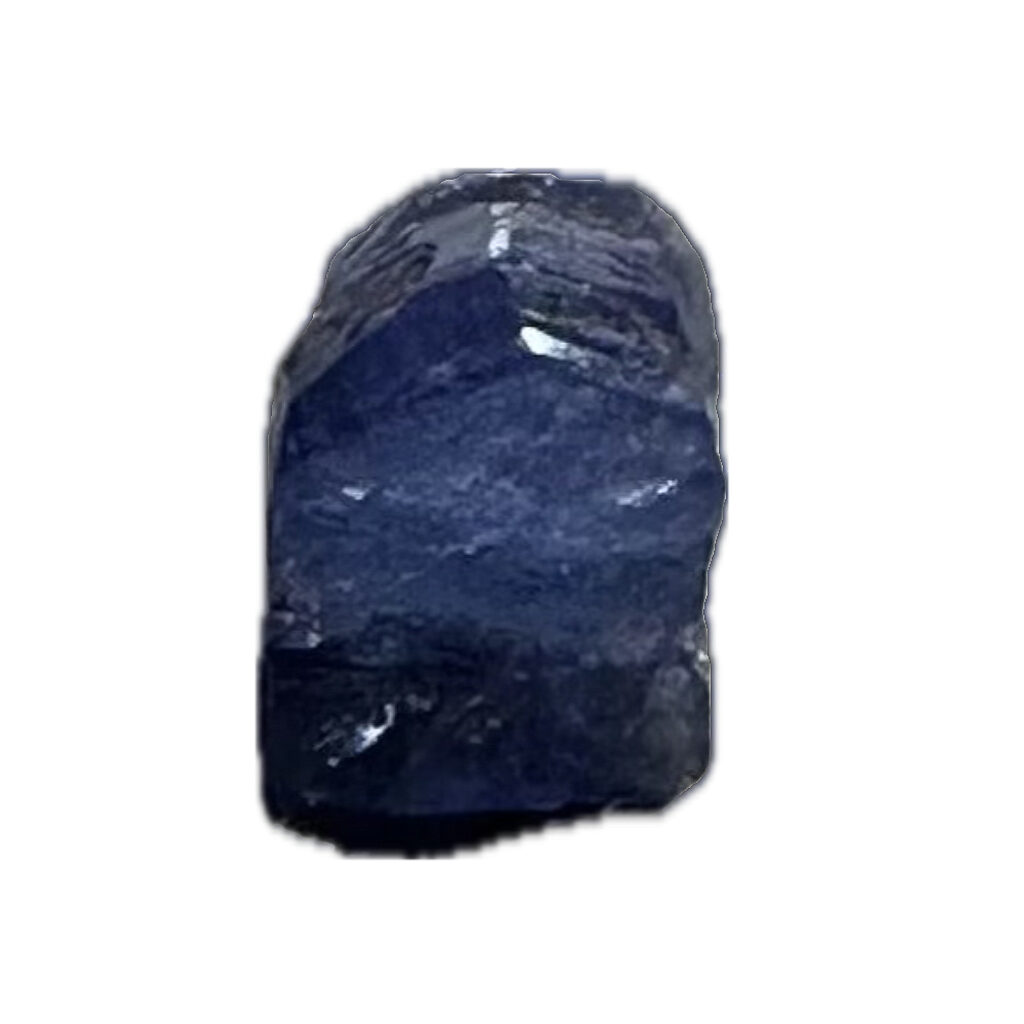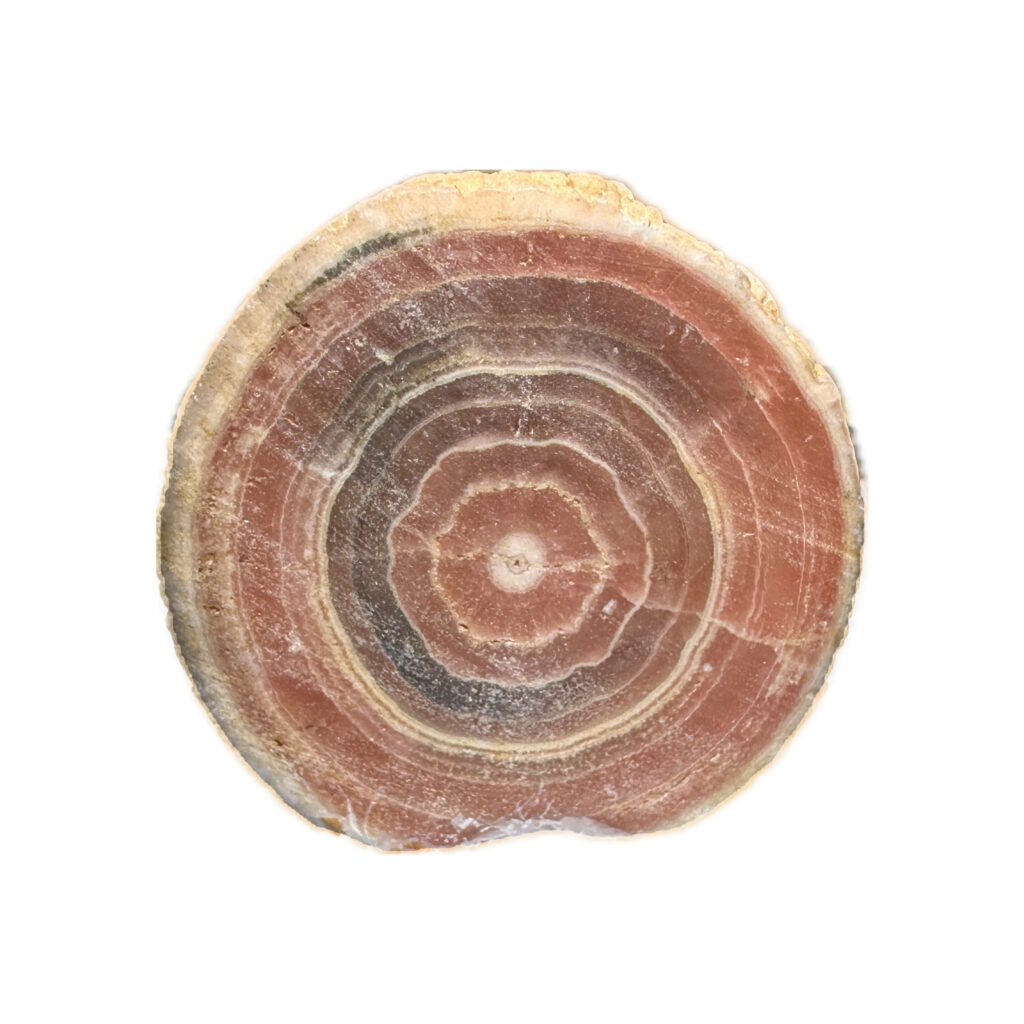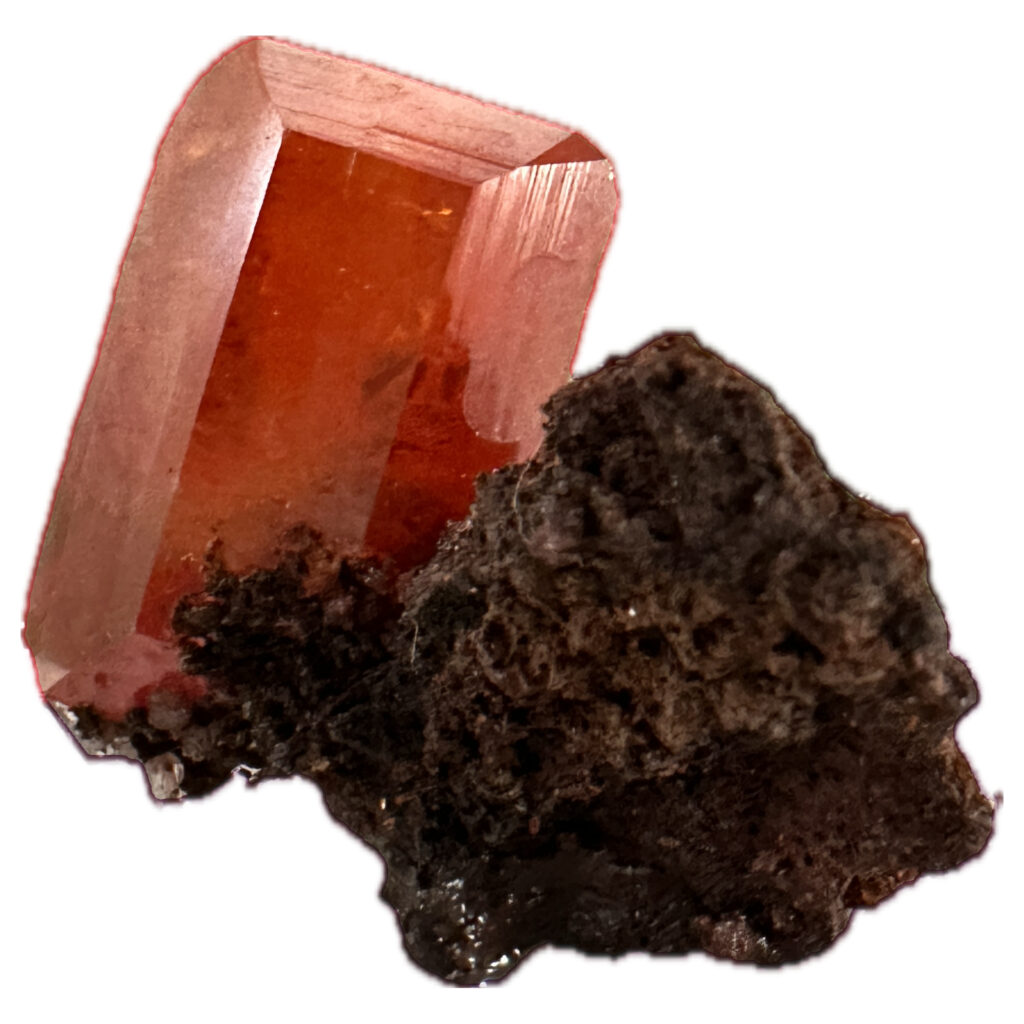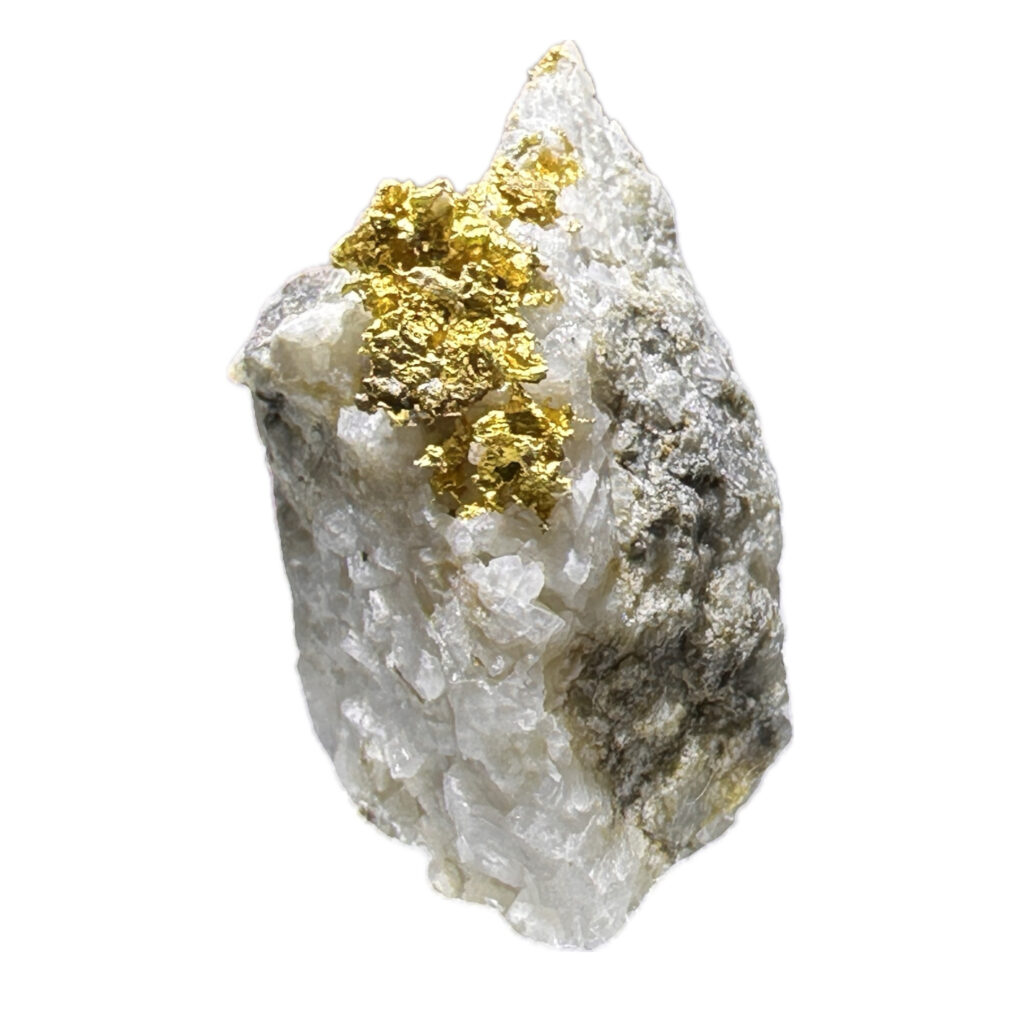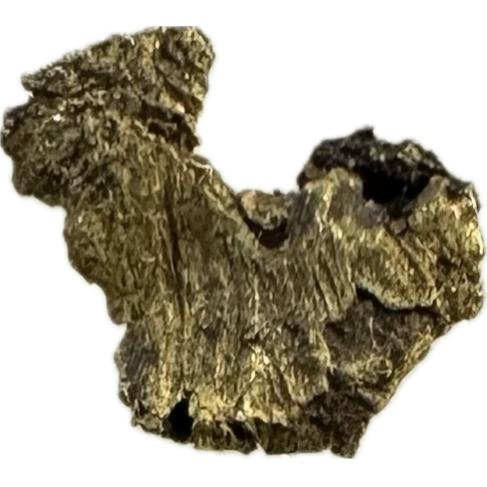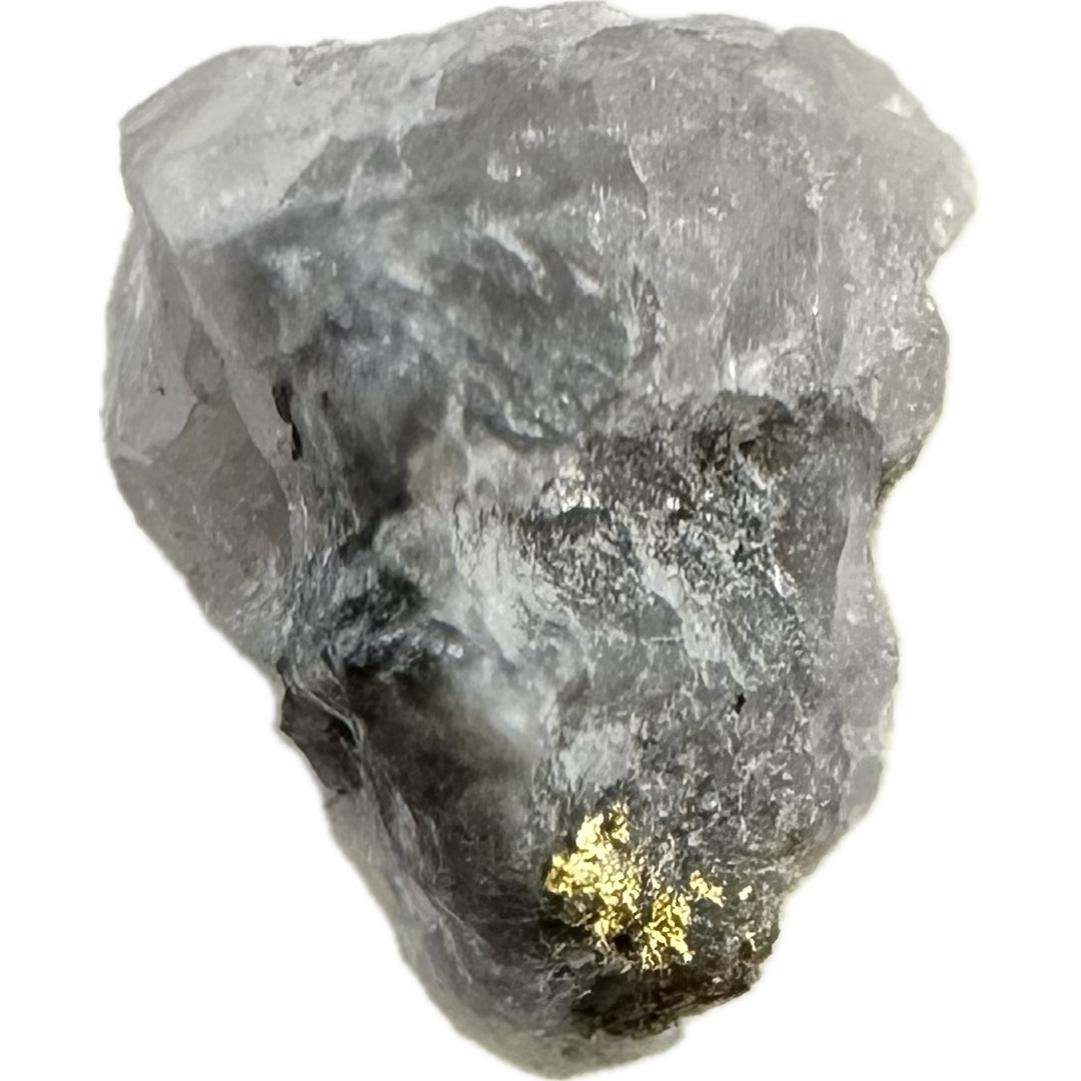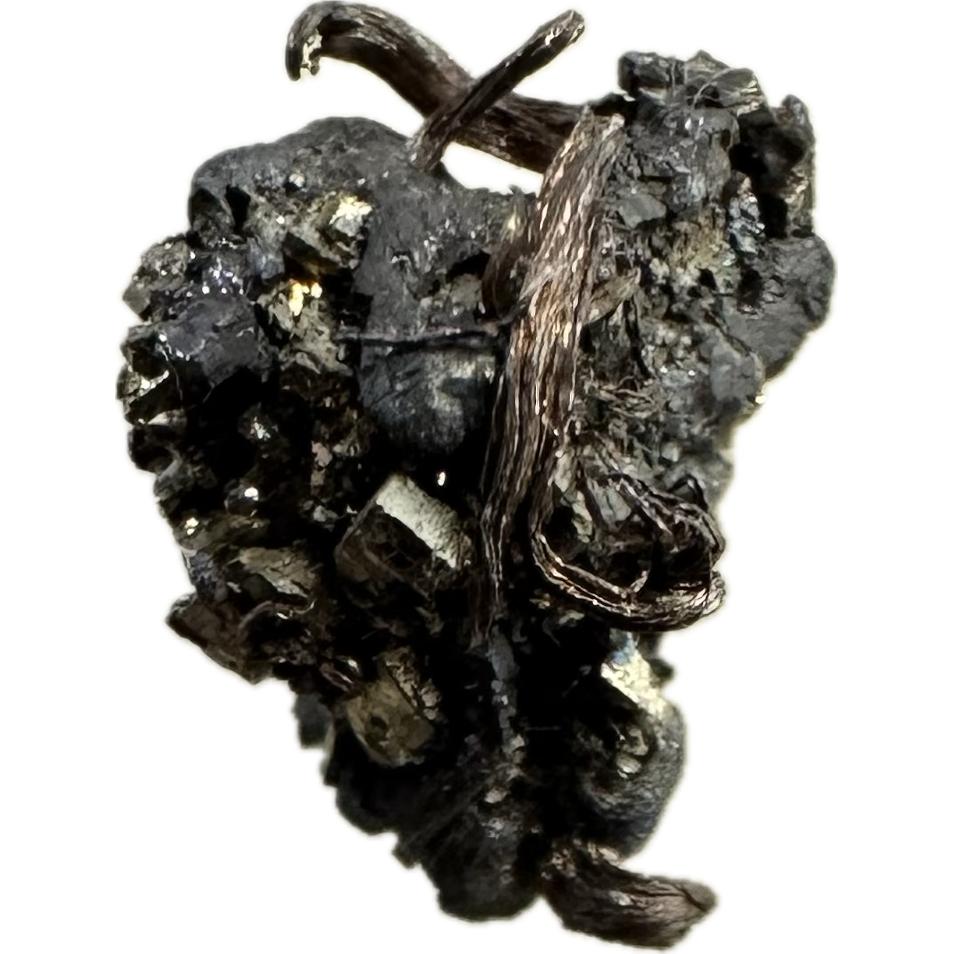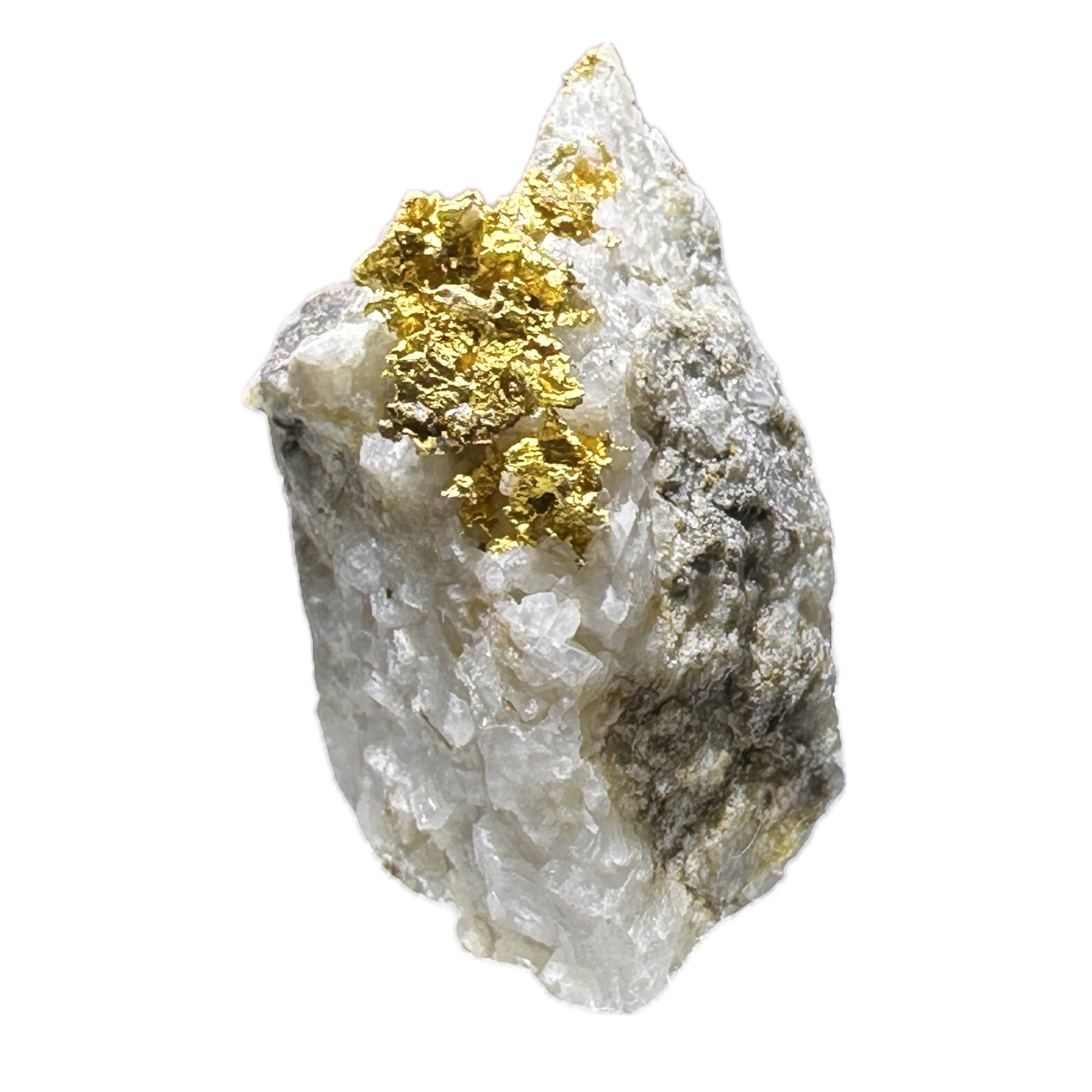Canadian gold holds a storied history within the annals of mining lore, representing not only a valuable natural resource but also a symbol of national pride and economic prosperity. Canada’s rich and diverse geological landscape has yielded significant discoveries of gold throughout its history, shaping the country’s economy and contributing to its status as one of the world’s leading gold producers.
One of the most notable regions for Canadian gold mining is the prolific Abitibi Greenstone Belt, spanning across the provinces of Ontario and Quebec. This geological formation has been the site of numerous gold discoveries, including iconic mines such as the Red Lake Mine in Ontario and the Val-d’Or Mining Camp in Quebec. These deposits, formed over billions of years through geological processes such as volcanic activity and hydrothermal alteration, have yielded substantial quantities of gold and continue to be actively mined today.
In addition to the Abitibi region, other parts of Canada boast significant gold reserves, including the famous Klondike Gold Fields in Yukon Territory. Immortalized by the Klondike Gold Rush of the late 19th century, this remote and rugged wilderness has been a magnet for prospectors and adventurers seeking their fortunes in the untamed wilderness.
Canadian gold mining operations range from large-scale, mechanized operations to small-scale artisanal mining ventures, each playing a vital role in the country’s gold production. Modern mining techniques and technology have enabled efficient extraction of gold from increasingly complex ore bodies, ensuring the continued viability of Canada’s gold mining industry.
Beyond its economic significance, Canadian gold holds cultural and historical importance, serving as a symbol of exploration, perseverance, and discovery. From the Klondike Gold Rush to the present day, gold mining has been intertwined with the fabric of Canadian identity, shaping communities and leaving an indelible mark on the nation’s history.
The Inca civilization, with its advanced metallurgical skills, crafted elaborate goldwork, intricately designing objects depicting their beliefs and traditions. This craftsmanship reflected not only artistic excellence but also the cultural significance attached to gold within their society.
Modern-day Peru remains a significant producer of gold, with mines scattered across the diverse terrain, from the Andes Mountains to the Amazon rainforest. Large-scale mining operations employ advanced technologies to extract and refine gold, contributing substantially to Peru’s economy.
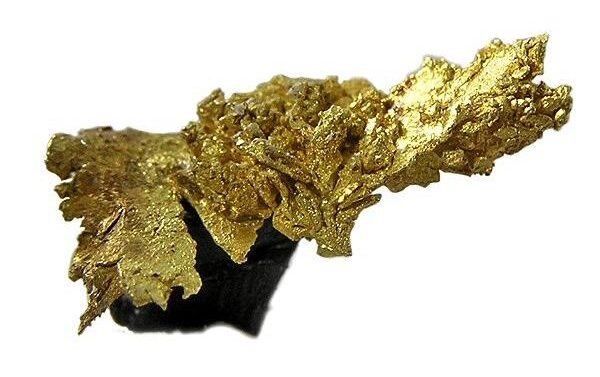
Despite the economic benefits, concerns regarding environmental impact and social implications of gold mining persist. Efforts are underway to promote sustainable practices, minimize ecological damage, and ensure fair treatment of local communities affected by mining operations.
The allure of Peru’s native gold extends beyond its material value; it embodies a rich cultural heritage, connecting the past to the present and continuing to fascinate the world with its beauty and significance.
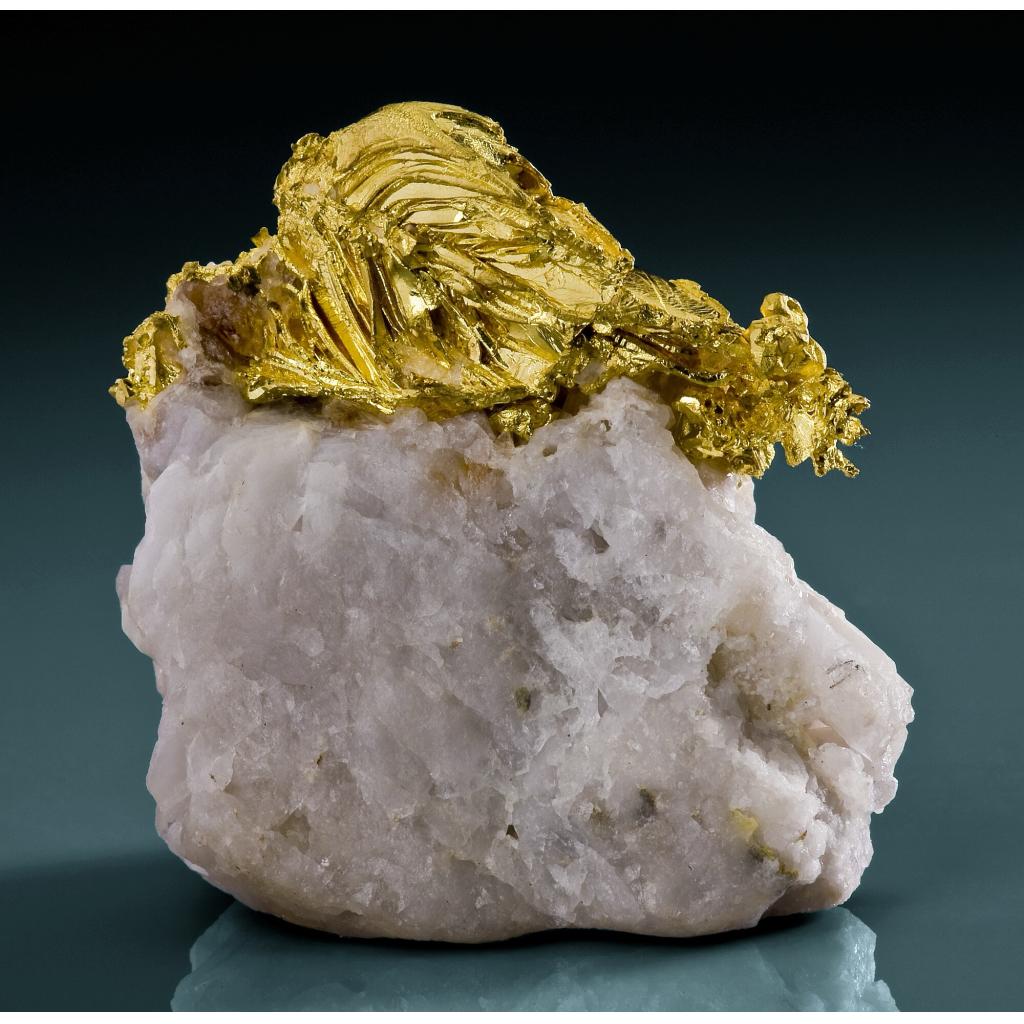
Thumbnail specimens hold a unique allure in the world of mineral and gemstone collecting, captivating enthusiasts and collectors alike with their petite yet captivating presence. Measuring no more than an inch or so in size, these diminutive wonders possess a distinct charm that sets them apart in the eyes of collectors. To understand why collectors prize thumbnail specimens, we must delve into the fascinating world of mineral collecting, exploring the characteristics and significance that make these tiny treasures so coveted.
Mineral collecting is a hobby as old as civilization itself, with evidence of early human fascination with minerals dating back thousands of years. From ancient civilizations using minerals for ornamental purposes to modern-day collectors meticulously assembling vast collections, the allure of minerals transcends time and culture. Within this vast and diverse hobby, collectors pursue specimens ranging from massive geological formations to minute crystals barely visible to the naked eye. It is within this realm of minuscule marvels that thumbnail specimens carve out their niche, capturing the imagination of collectors with their compact size and exquisite beauty.
At the heart of the appeal of thumbnail specimens lies their diminutive dimensions. Measuring no more than one inch in size, these tiny treasures pack a remarkable amount of geological splendor into a compact package. Despite their small stature, thumbnail specimens often exhibit intricate crystal formations, vibrant colors, and mesmerizing patterns that rival their larger counterparts. Their petite size allows collectors to appreciate the finer details of mineralogy up close, providing a window into the fascinating world of crystallography and mineral formation.
One of the defining characteristics of thumbnail specimens is their rarity. Unlike larger specimens that may be more readily accessible, thumbnail specimens are often limited in quantity and can be challenging to acquire. Their small size makes them easy to overlook in the field, requiring careful searching and meticulous extraction techniques to uncover. As a result, collectors prize thumbnail specimens for their scarcity, viewing them as prized additions to their collections that showcase the beauty and diversity of the mineral kingdom in miniature form.
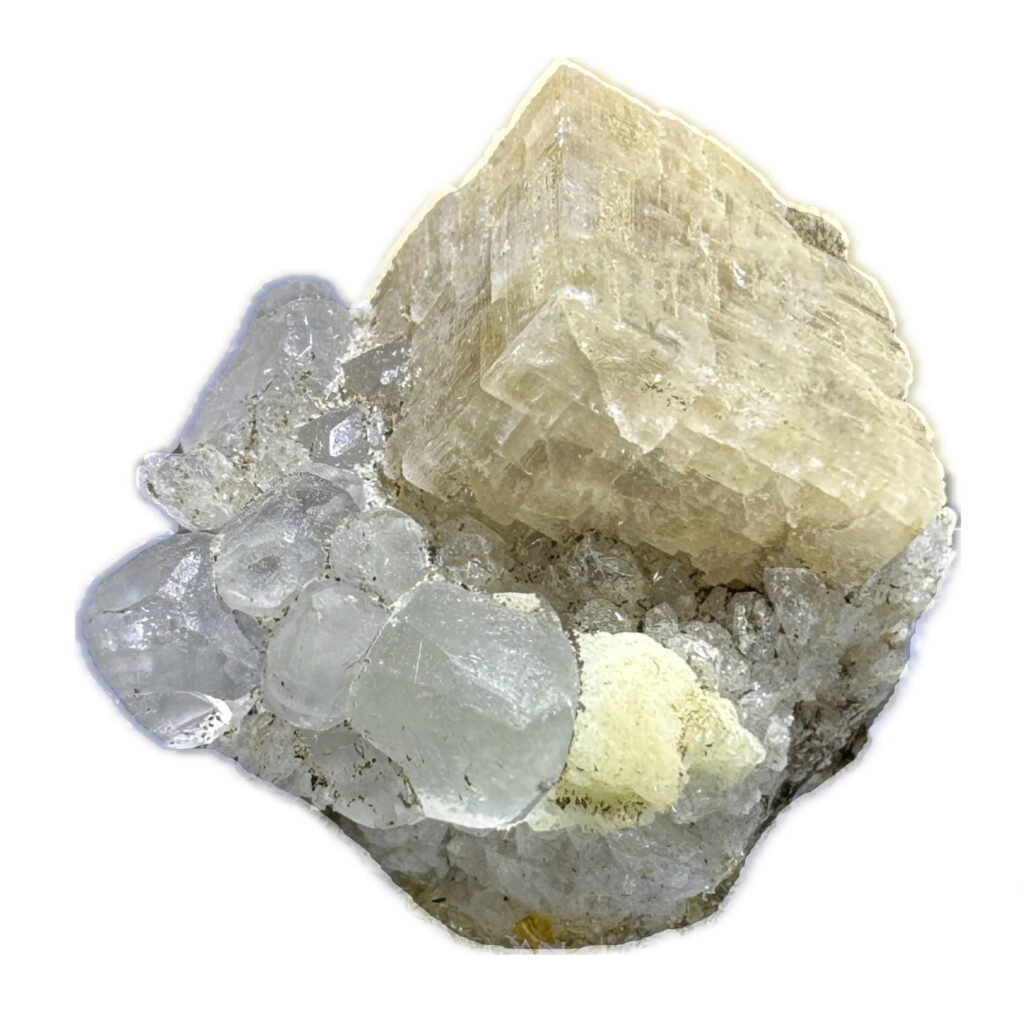
Thumbnail specimens also hold significant scientific value, offering insights into geological processes and mineral formation. Despite their small size, these specimens provide valuable information about the conditions under which they formed, including temperature, pressure, and chemical composition. By studying thumbnail specimens, scientists can gain a better understanding of Earth’s geological history and the forces that shape our planet. As such, collectors play a crucial role in preserving these specimens for future study, ensuring that valuable geological data is not lost to time.
In addition to their scientific significance, thumbnail specimens hold aesthetic appeal for collectors, who are drawn to their exquisite beauty and intricate detail. Despite their diminutive size, these specimens often display vibrant colors, lustrous surfaces, and geometrically precise crystal formations that captivate the eye. Whether it’s the iridescent hues of a tiny opal, the delicate symmetry of a miniature quartz cluster, or the fiery brilliance of a diminutive garnet, thumbnail specimens showcase the extraordinary diversity of the mineral kingdom in all its splendor.
Collectors are also drawn to thumbnail specimens for their versatility and portability. Unlike larger specimens, which may require specialized display cases or storage solutions, thumbnail specimens can be easily housed in small containers or display cases, making them ideal for collectors with limited space. Their compact size also makes them ideal for travel, allowing collectors to take their prized specimens with them wherever they go and share their passion for minerals with others.
Furthermore, thumbnail specimens often serve as valuable educational tools, providing enthusiasts and novices alike with an opportunity to learn about mineralogy and geology. Their small size and accessibility make them ideal for hands-on exploration, allowing collectors to study mineral properties, crystal structures, and geological formations up close. Many collectors also use thumbnail specimens to educate others about the beauty and diversity of the mineral kingdom, sharing their passion through outreach events, educational programs, and online forums.
Prehistoric 101 (Learn about fossils, minerals, and meteorites)
What is a Mineral?
Gold: Learn More
Discovering Prehistoric Life and Fossils

